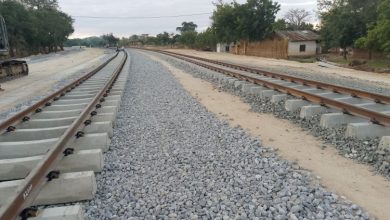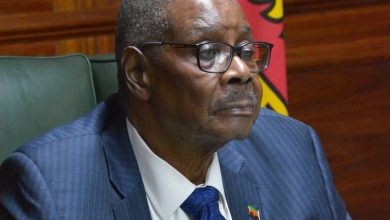Trade deficit up 28% to k2tn—RBM
Malawi’s cumulative trade balance worsened by 28 percent in the five months to May to hit $1.2 billion (about K2 trillion) from $926 million (about K1.6 trillion) during the same period last year.
Reserve Bank of Malawi (RBM) data shows that during the review period, imports grew by 23 percent from $1.1 billion (about K1.9 trillion) to $1.4 billion (about K2.4 trillion) while exports grew by a paltry 2.7 percent to $209 million (about K367 billion) from $204 million (about K358 billion).
This, therefore, means that although Malawi has initiatives such as National Export Strategy (NES II), which targets to boost the share of exports in the gross domestic product to 20 percent by 2026 in line with the Malawi 2063, the country’s long-term development plan.

The data further indicates that monthly trade balance was minus $280 million compared to minus $238 million in May 2024 as exports dropped while imports surged.
Reads the report in part: “Imports increased to $314.6 million [about K550.9 billion] in May 2025 from $252.0 million [about K441.2 billion] in April 2025 and compared to $276.2 million [K483.6 billion] recorded in May 2024.
“The rise in imports was largely due to increased purchases of fuel, pharmaceuticals, iron and steel and cereals.”
Total exports during the review period increased to $34.6 million (about K60.6 billion) in May 2025 from $25.9 million (about K45.4 billion) in April 2025 and compared to $37.7 million (about K66 billion) in May 2024.
Speaking in an interview yesterday, Common Market for Eastern and Southern Africa Business Council president James Chimwaza attributed Malawi’s worsening trade gap to various factors, including the volatile exchange rate and continued lack of production capacity.
He said: “If you compare the Southern African Development Community and other regions, most countries, including Malawi have not registered remarkable strides on improving capacity to produce products that are relevant for competitive exports.
“There is also a continued appetite for what we do not produce, which, coupled with the volatile exchange rate, we often find ourselves with the skyrocketing balance in domestic currency terms.”
The trend has since intensified calls to diversify the country’s export base and invest in high-value sectors, according to economists.
Mwapata Institute research fellow Christone Nyondo said: “We must diversify our export base into less volatile, higher-value crops like macadamia and avocado while also investing in agro-processing and non-agricultural sectors such as tourism and information and communications technology.”
The trade gap is being experienced at a time Malawi Government is implementing the NES II launched three years ago to increase exports of local goods and services to the regional and global marketplace, improve export readiness and international competitiveness of the country’s industries, enterprises and products.
Ministry of Trade and Industry Principal Secretary Christina Zakeyo is quoted as having said that trade balance issues are affected by many factors outside its trade facilitation role.
She applauded the ministry for successfully reducing the time and costs of doing business for cross-border traders.
“The ministry believes that trade facilitation is a game-changer and a strong contributor to the reduction of trade costs and improved efficiency and hence trade flows,” said Zakeyo.
National Statistical Office data shows that Malawi exports goods valued at roughly $1 billion (about K1.7 trillion) against imports at $3 billion (K5.2 trillion), creating a $2 billion (about K3.5 trillion) negative trade balance.





